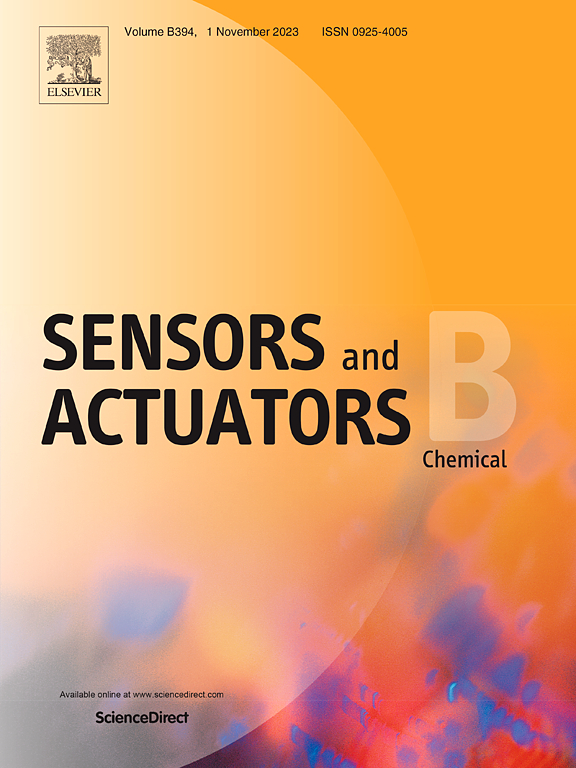Balancing the p- and n-type conductivities of the ZnO/graft-poly(3-hexylthiophene) copolymer nanocomposite to achieve sub-ppb NO2 detection in chemiresistive sensors at room temperature
IF 8
1区 化学
Q1 CHEMISTRY, ANALYTICAL
引用次数: 0
Abstract
Hybrid organic/inorganic composites are a frequent material used in chemoresistive sensors. These composites typically contain components that exhibit p- and n-type electrical conductivity, so as to enable the formation of p–n junctions and increase the sensitivity of the sensors. The specific mechanism behind the operation of such junctions appears to be well-understood and is rarely examined on a case-by-case basis. The interactions between p- and n-type conductors, however, need not be beneficial to the performance of the sensor. In this work, we provide evidence of the competition between p- and n-type conductivities of a hybrid nanocomposite activated by UV light, subjected to ageing and provide a mechanistic description of the underlying processes, as well as indicate potential for such phenomena to be harnessed in development of future sensor generations. By using nanocomposite consist of nanostructured ZnO and poly(3-hexylthiophene) based graft-comb-copolymers we obtained sensor material that can achieve sub-ppb detection limit of NO2 (as low as 50 ppt) capabilities at room temperature. It is experimentally demonstrated that proper choice of polymer material used in the nanocomposite provide stabilisation of baseline drift and lowers limit of the detection while ensuring good adhesion of the receptor layer to the substrate.


求助全文
约1分钟内获得全文
求助全文
来源期刊

Sensors and Actuators B: Chemical
工程技术-电化学
CiteScore
14.60
自引率
11.90%
发文量
1776
审稿时长
3.2 months
期刊介绍:
Sensors & Actuators, B: Chemical is an international journal focused on the research and development of chemical transducers. It covers chemical sensors and biosensors, chemical actuators, and analytical microsystems. The journal is interdisciplinary, aiming to publish original works showcasing substantial advancements beyond the current state of the art in these fields, with practical applicability to solving meaningful analytical problems. Review articles are accepted by invitation from an Editor of the journal.
 求助内容:
求助内容: 应助结果提醒方式:
应助结果提醒方式:


